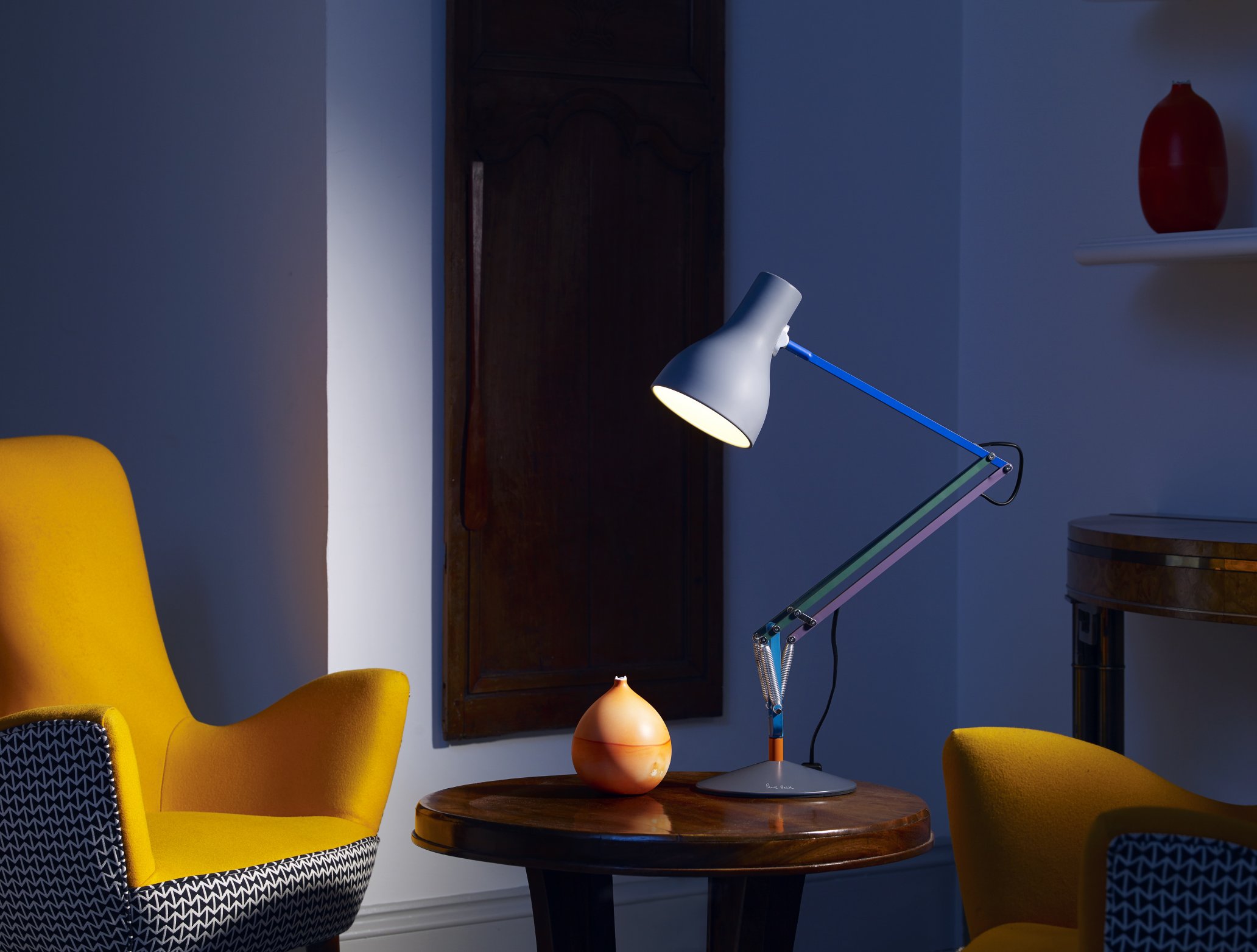HOMELY LIGHTING
Optimally illuminate your living room
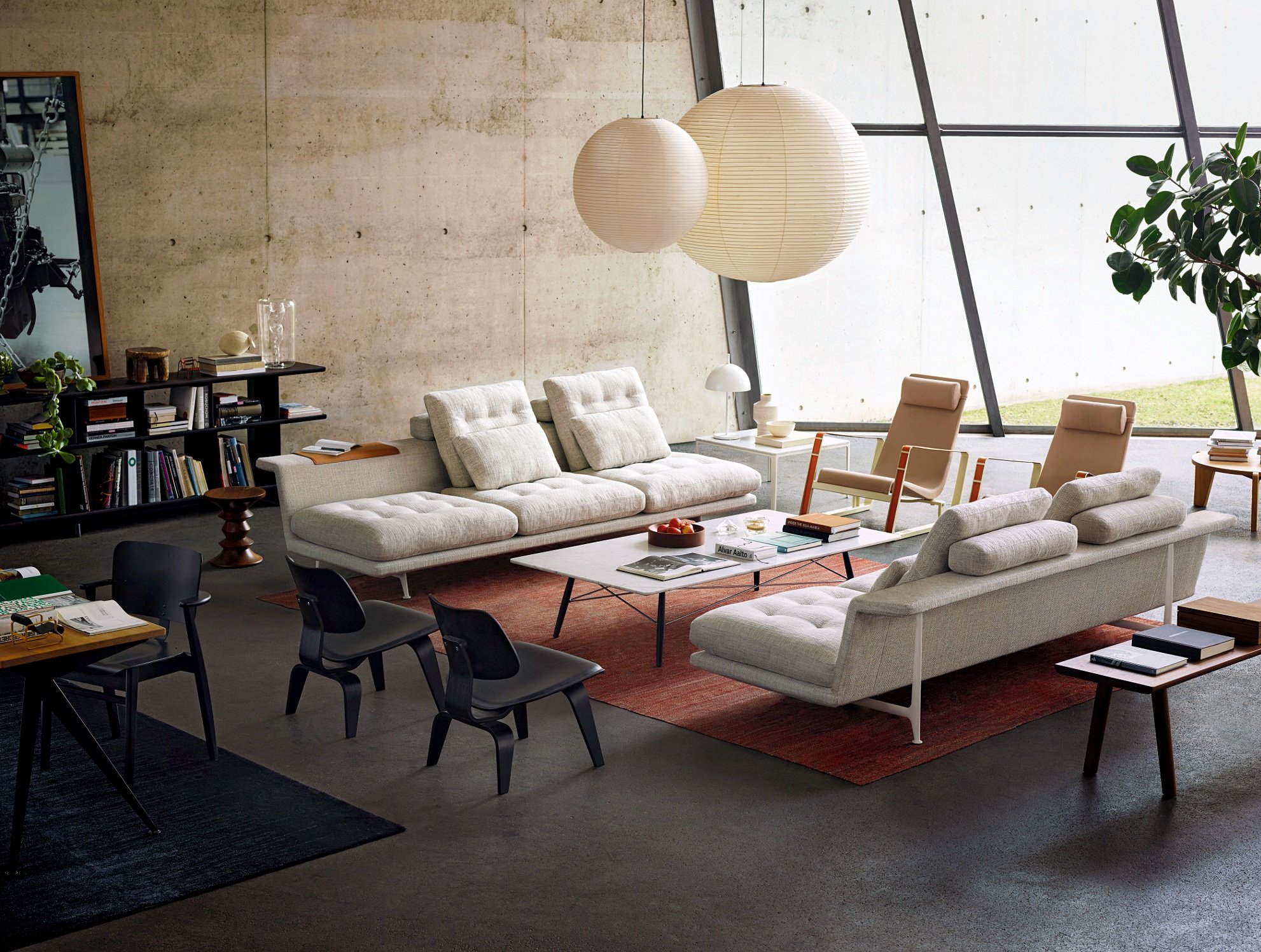
Ideally, the lighting design should be considered during construction, for example through ensuring the provision of sufficient sockets and power connections in the correct places. However, the lighting concept in the living area can also be improved retrospectively and in fact relatively effortlessly.
Living rooms are usually used in a variety of ways - relaxing, reading, watching TV or receiving visitors. Accordingly, living room lighting should also be variable in order to meet the differing demands. The lighting in the living room should therefore be given appropriate attention - and when planning the lighting for the living room, there is a lot to consider.
Living rooms are usually used in a variety of ways - relaxing, reading, watching TV or receiving visitors. Accordingly, living room lighting should also be variable in order to meet the differing demands. The lighting in the living room should therefore be given appropriate attention - and when planning the lighting for the living room, there is a lot to consider.
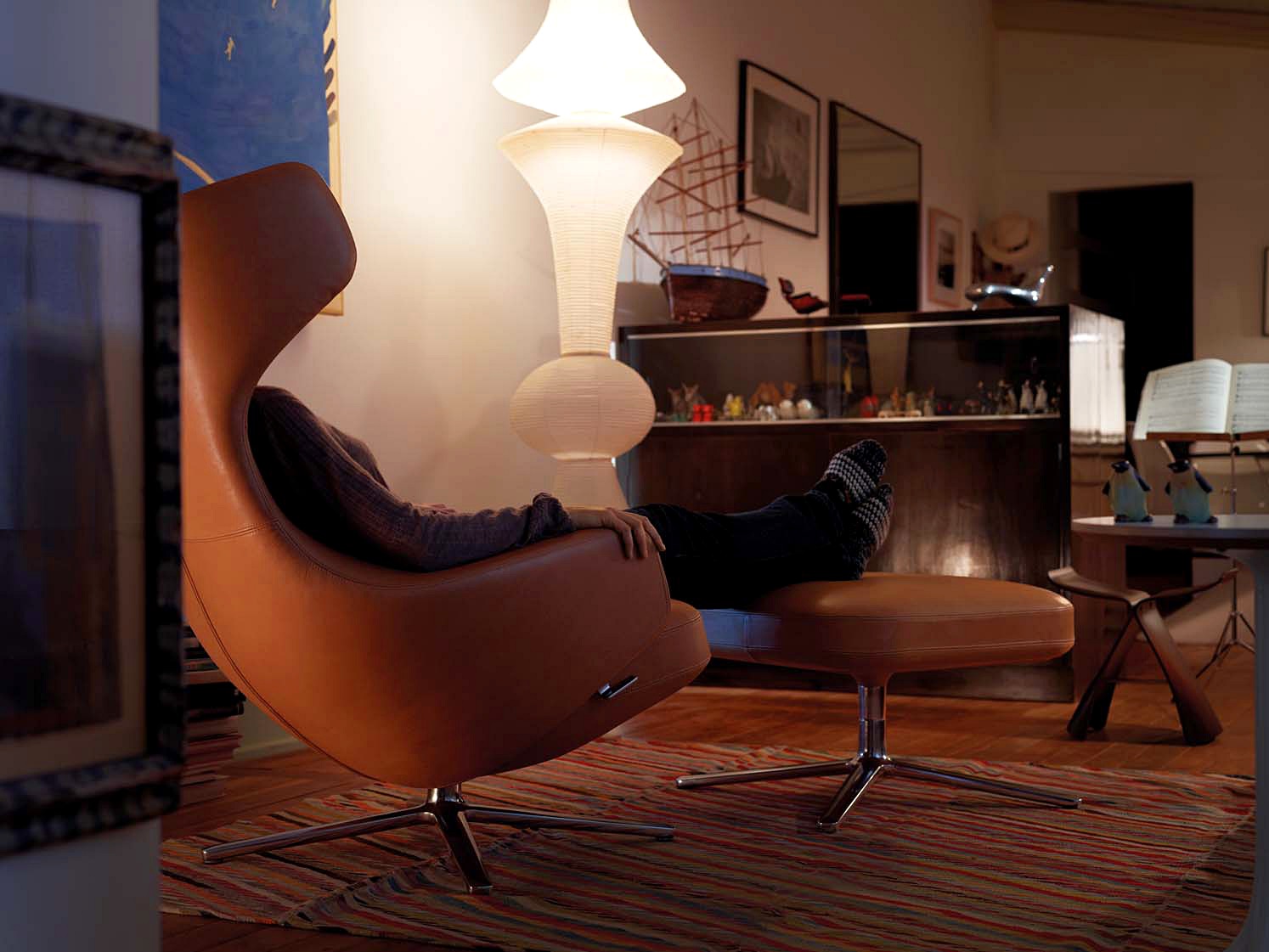
Lighting design for the living room - technical basics
The luminous flux, the value indicating the brightness of a light source, is measured in lumens (lm). For the basic lighting of a living room, experts recommend 100 lm per square meter, supplemented by table lamps, floor lamps and/or indirect wall lighting. Dimmable lights allow you to regulate the lighting conditions depending on the situation. The unit kelvin describes the luminescent color of a light source, that is, whether its light is yellowish-warm or bluish-cool. Here one differentiates in three ranges:
< 3.300 kelvin: Warm white light - has a relaxing effect
3.300 - 5.300 kelvin: Neutral white light - has an activating effect
> 5.300 kelvin: Daylight white light - promotes concentration
According to experts, the ideal colour temperature for the living room is warm white. Lamps of this light tone shine in a familiar manner similar to traditional light bulbs, while in an evolutionary context it suggests the end of the daily obligations and signals to the body the beginning of the recovery phase. In addition they exude cosines and are therefore perfectly suitable for the living room. Ultimately, however, the colour temperature is a matter of taste and even with neutral white light a living room can be perfectly illuminated. In reading areas a lamp in the higher kelvin range is recommended.
The luminous flux, the value indicating the brightness of a light source, is measured in lumens (lm). For the basic lighting of a living room, experts recommend 100 lm per square meter, supplemented by table lamps, floor lamps and/or indirect wall lighting. Dimmable lights allow you to regulate the lighting conditions depending on the situation. The unit kelvin describes the luminescent color of a light source, that is, whether its light is yellowish-warm or bluish-cool. Here one differentiates in three ranges:
< 3.300 kelvin: Warm white light - has a relaxing effect
3.300 - 5.300 kelvin: Neutral white light - has an activating effect
> 5.300 kelvin: Daylight white light - promotes concentration
According to experts, the ideal colour temperature for the living room is warm white. Lamps of this light tone shine in a familiar manner similar to traditional light bulbs, while in an evolutionary context it suggests the end of the daily obligations and signals to the body the beginning of the recovery phase. In addition they exude cosines and are therefore perfectly suitable for the living room. Ultimately, however, the colour temperature is a matter of taste and even with neutral white light a living room can be perfectly illuminated. In reading areas a lamp in the higher kelvin range is recommended.
LIGHT PLANNING FOR THE LIVING ROOM - HOW MUCH LIGHT IS REQUIRED?
In many regards you do not need as much light in the living room as in the kitchen or in the bathroom, however the required lighting varies depending on the local spatial conditions. The size of the room is important here, but one can also add that brightly furnished rooms require fewer light sources than more darkly furnished rooms.
Before planning your lighting, the most common directions of view in the living room should be determined in order to avoid annoying glare from unfavourable light. Individual lights in the living room should also be separately controlled in order to allow you to always be in a position to perfectly adjust the light according to requirements.
According to experts, there should be two or three lights near the principle sitting group in the living room - ideally with dimmer controls to adjust the brightness of the mood. An average sized living room of 20 square meters should have three to five light sources.
Before planning your lighting, the most common directions of view in the living room should be determined in order to avoid annoying glare from unfavourable light. Individual lights in the living room should also be separately controlled in order to allow you to always be in a position to perfectly adjust the light according to requirements.
According to experts, there should be two or three lights near the principle sitting group in the living room - ideally with dimmer controls to adjust the brightness of the mood. An average sized living room of 20 square meters should have three to five light sources.
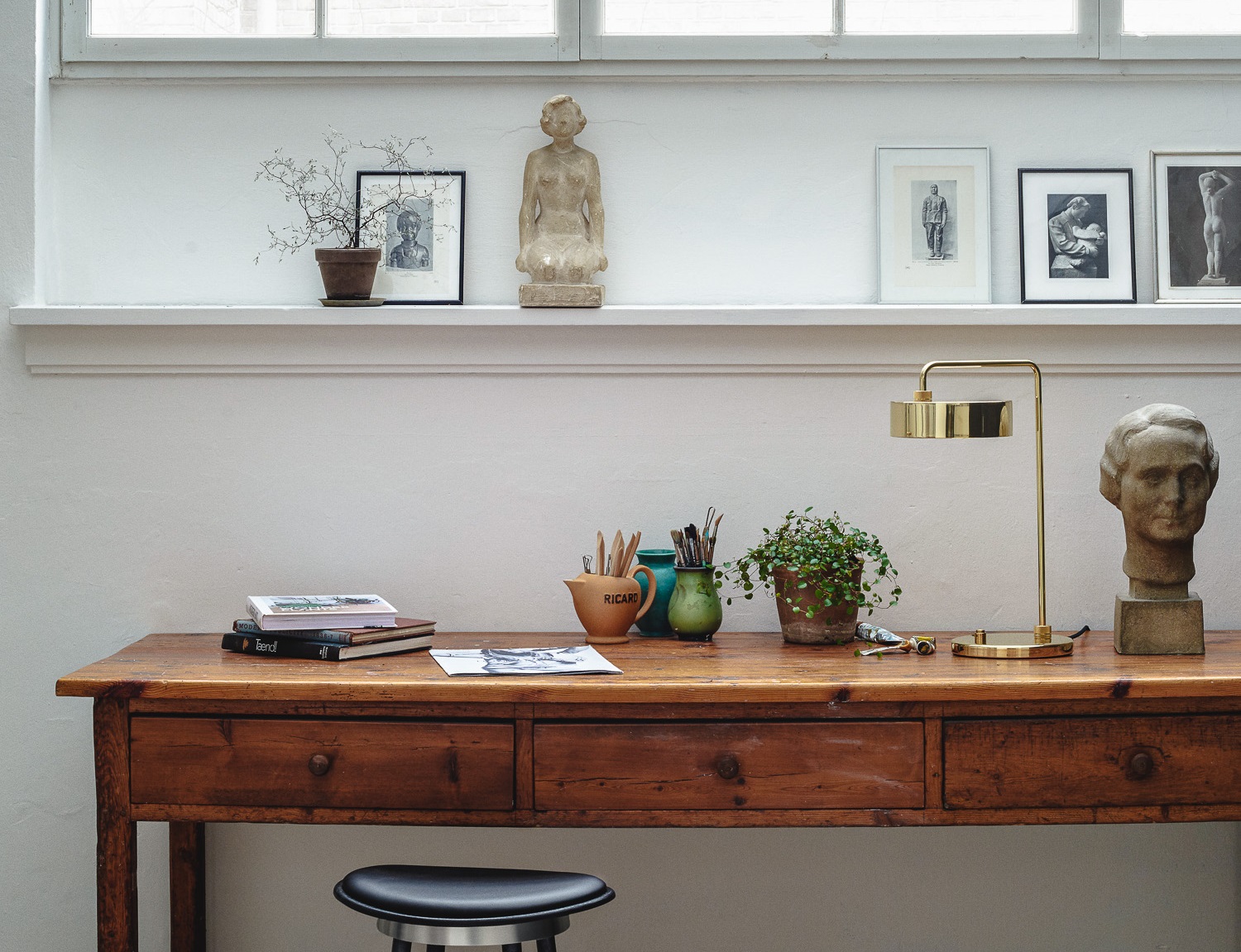
LIGHT PLANNING FOR THE LIVING ROOM - THE SECRET IS IN THE MIX
The basis of living room lighting is the background ceiling lighting, which can be created by spotlights, ceiling lights, pendant lights, flexible cable or rod systems and/or a combination of several wall lights. Depending on the room conditions, the lamps can be placed in the middle of the room or spread over the ceiling. Pendant lights are often placed above the coffee table. This has two advantages: on the one hand, there they are particularly effective, and on the other hand, the table prevents you from bumping your head against the light. Pendant lights in particular can be a special eye-catcher as they are available in countless designs and can underline the style of a room in their own individual way. The basic lighting does not necessarily have to consist only of direct light. A diffuser, which diffuses the light and distributes it evenly throughout the room, provides a solid basic lighting and radiates a soft, comfortable light. Especially with bright spotlights and uplights, it makes sense to equip them with a dimmer, in order to be able to react with variable light intensity to the atmosphere in the room.
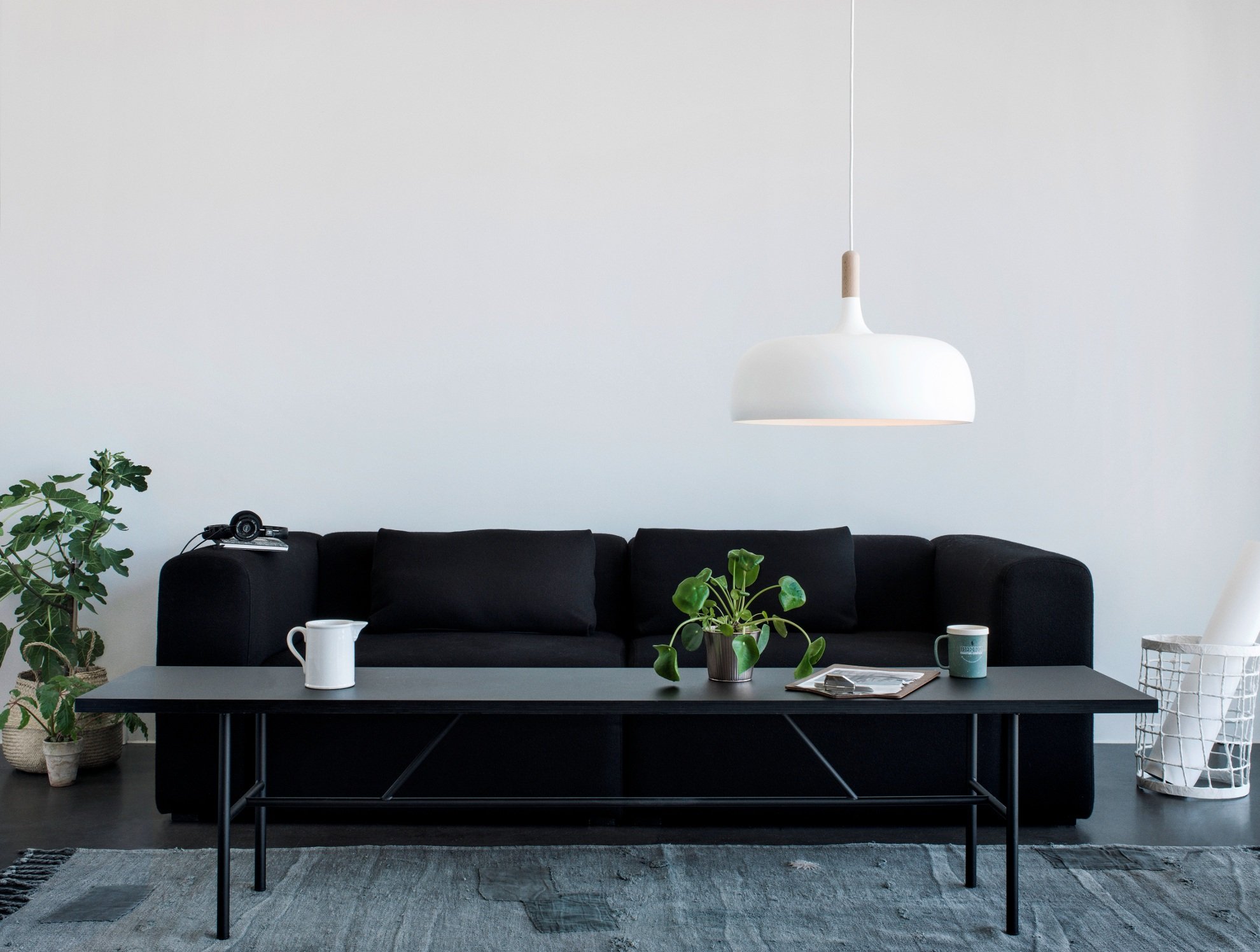
In addition to ceiling lighting the ideal living room lighting is created by a mix of three different light sources: table lamps, floor lamps, and wall lights. Wall lights provide with their punctual light for an interesting light-shadow effect that can be amplified in combination with mirrors. Small, dark rooms can be made to appear brighter, while large rooms with empty, large walls are pleasingly disrupted. Floor lamps can serve a double function in the living room: on the one hand as an uplight that provides indirect light into the room, and on the other as a flexible, direct light for reading. Table lamps create beautiful accents, whether on the windowsill, sideboard, shelf or side table. They are not only a source of light but also a decorative object, and are thus allowed to be particularly eye-catching in their design. It should always be ensured that the different light sources are optically matched and not mutually exclusive: if the ceiling light is extravagant, complementary lamps should be visually inconspicuous. In addition, the rest of the living room furniture should be considered and the lights chosen so as to harmonise optically with the furniture.
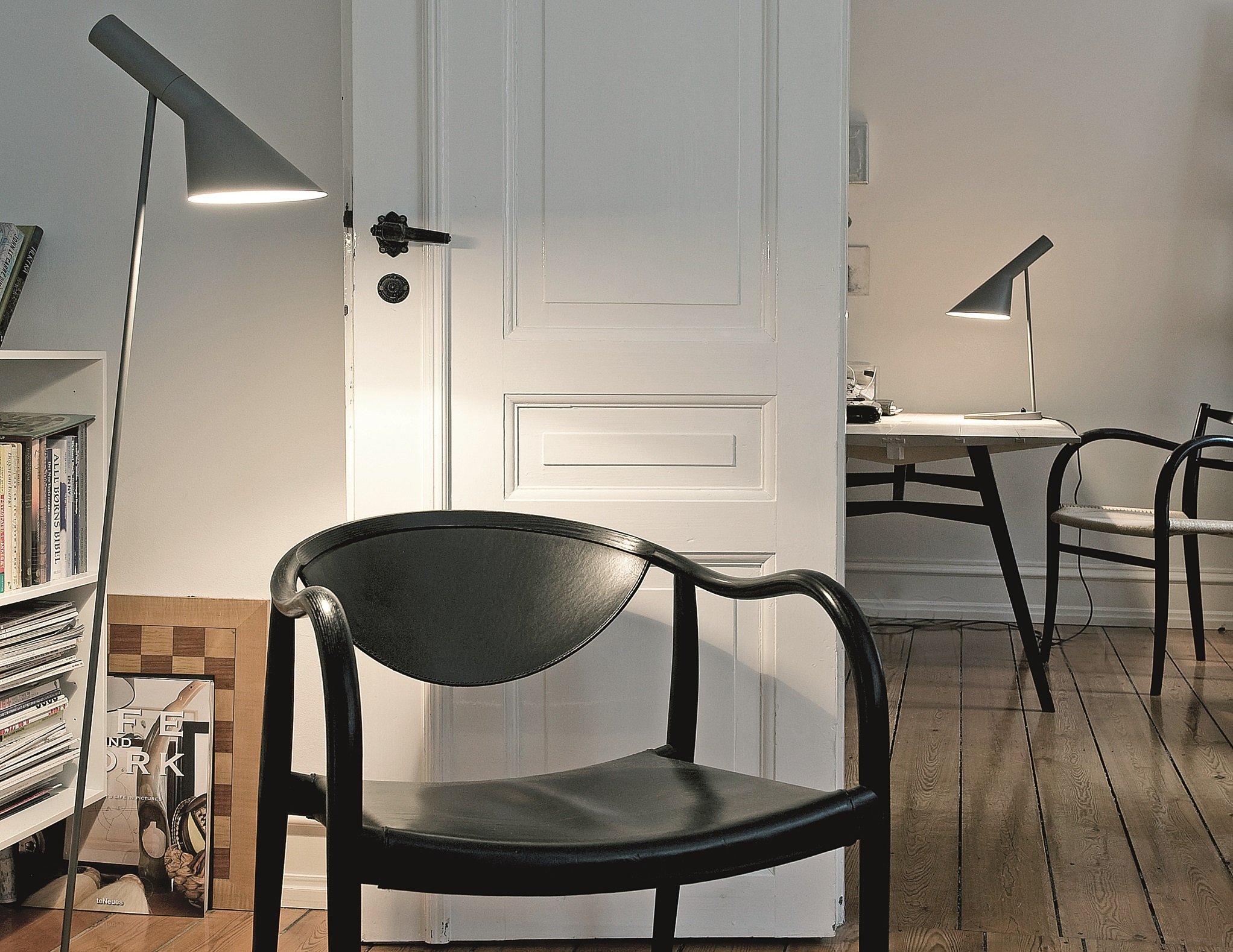
DIRECT OR INDIRECT LIGHT IN LIVING ROOM?
The living room should have both direct and indirect light sources. Too much indirect lighting creates shade and should therefore be supplemented by direct light. Direct light sources are especially important for reading, writing, and crafts. Direct light creates a focused brightness and can highlight certain furniture or room areas, while indirect light provides for comfort and mood. Indirect light sources are not open and enhance the room with their soft light. There are many possibilities for indirect light, such as recessed lamps, LED strips in ceiling niches, behind furniture, sculptures or murals as well as ceiling spotlights that give the impression of higher ceilings. With no or minimal manual effort the room becomes thus more atmospheric. In addition, bright walls can be emphasised with light chains, wall lights or plant lighting.
THE RIGHT SOLUTION FOR YOUR LIVING ROOM
The choice of light source is an important part of the lighting design in the living room: in addition to arrangement and selection of the lights, the light source determines the brightness and atmosphere of the room. Light-emitting diodes, LEDs, are more expensive, but have a much longer life than energy-saving lamps or conventional light bulbs and pay off quickly because of their lower power consumption. Contrary to popular assumptions, LEDs are now available in different light intensities and light colours, so that they are no longer inferior to the warm light of classic light bulbs. Their sockets have also been adapted: LEDs can now easily be screwed into the usual E14 and E27 sockets of classic bulbs.
OPTIMUM LIGHTING FOR READING
In the reading area of the living room sufficient illuminance and good backlighting are essential, whereby the age of the reader should be considered: A 60-year-old needs about twice the illuminance as a 20-year-old to achieve the same visual acuity.
An adequate level of illumination in the reading area is created through the sensible combination of horizontal and vertical lighting, and a layout which avoids annoying direct or reflected glare and excessive contrasts between reading light and room light. A sufficient basic brightness is also important to protect the eyes. Accordingly, the illumination of a favoured reading light should always be supplemented by another light source and never be used alone.
An adequate level of illumination in the reading area is created through the sensible combination of horizontal and vertical lighting, and a layout which avoids annoying direct or reflected glare and excessive contrasts between reading light and room light. A sufficient basic brightness is also important to protect the eyes. Accordingly, the illumination of a favoured reading light should always be supplemented by another light source and never be used alone.
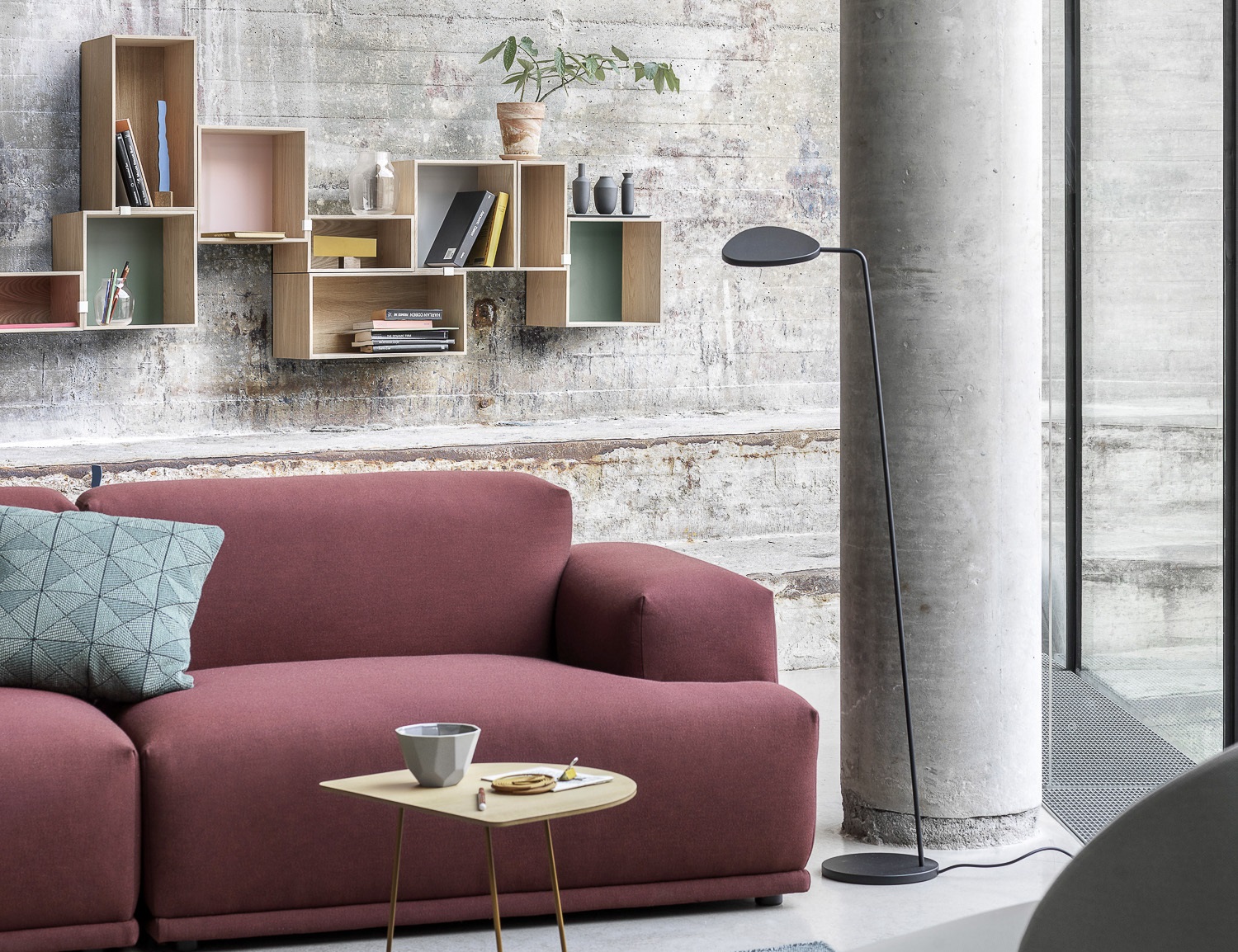
The ideal reading light consists of flexible light sources in the form of table or floor lamps with swiveling reflectors and movable arms. In particular, it should offer a broad beam angle, ideally 40 degrees for LEDs and between 38 and 60 degrees for halogen lamps with reflector. Lampshades that are open at the bottom are useful as they focus the light in the direction of the book or the newspaper. Dimming regulators are also recommended to adapt the reading light to the time of day and the ambient lighting. To prevent premature fatigue, a balanced, well-dosed lighting solution should be chosen that is neither monotonous nor too dark
PRACTICAL LIGHTING OF THE TV AREA
In context of televisions, brightness contrasts are created, which quickly become tiresome. However, this can be avoided through creating and appropriate basic brightness by means of indirect wall lighting, for example behind the television, as well as diffused light in the room, for example by dimmed ceiling lights or different accent lights. Floor or table lamps that provide room lighting for a sofa, armchair, TV, hi-fi or sideboard are also suitable. For the brightening of the wall around the TV, wall lamps mounted behind the device can be particularly effective.
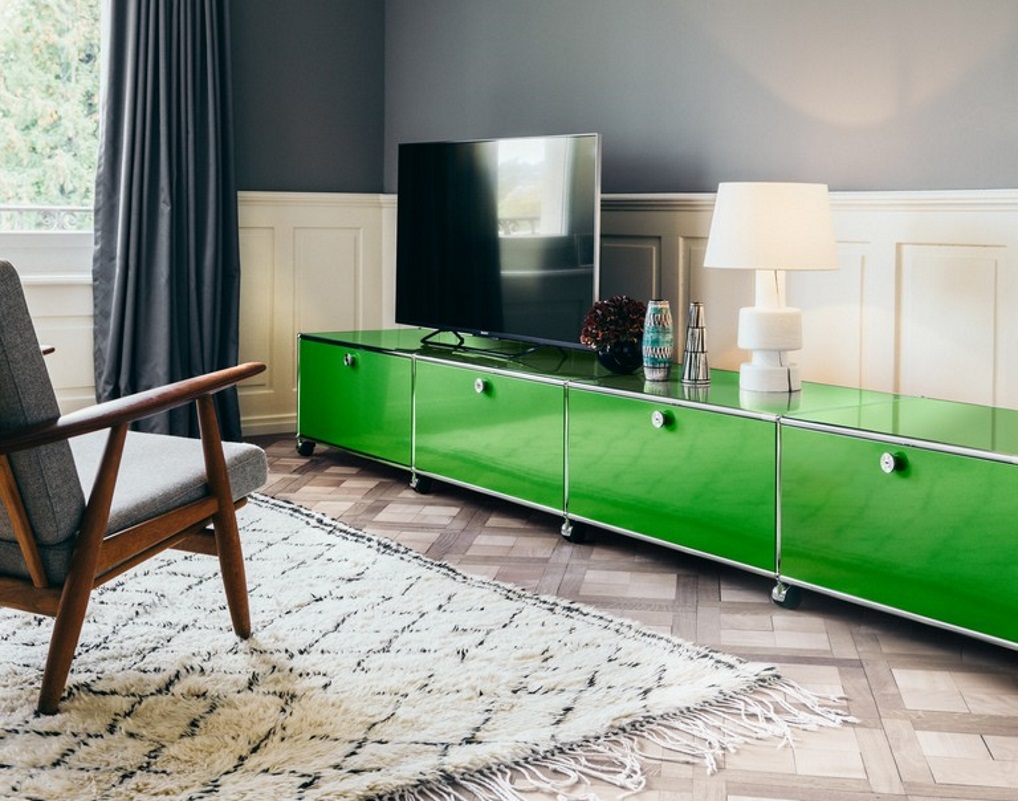
Attention should also be paid to creating a situation in the television area where no disturbing reflections arise on the screen. Lamps which could generate reflections should therefore be switched off or dimmed if necessary. As in the reading area in the TV area large differences in brightness between screen and room environment should be avoided to avoid overly stressing the eyes.


